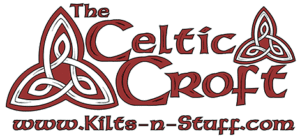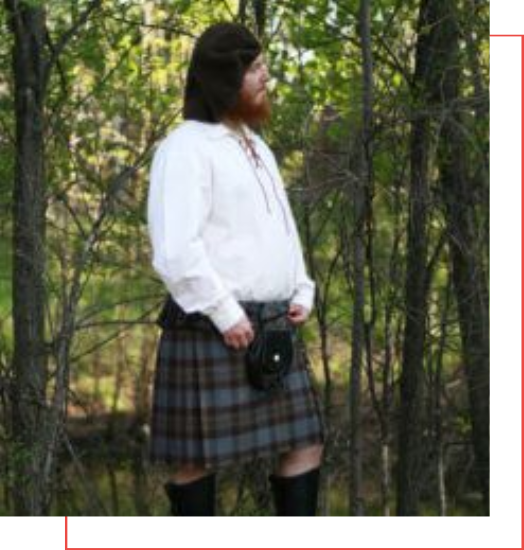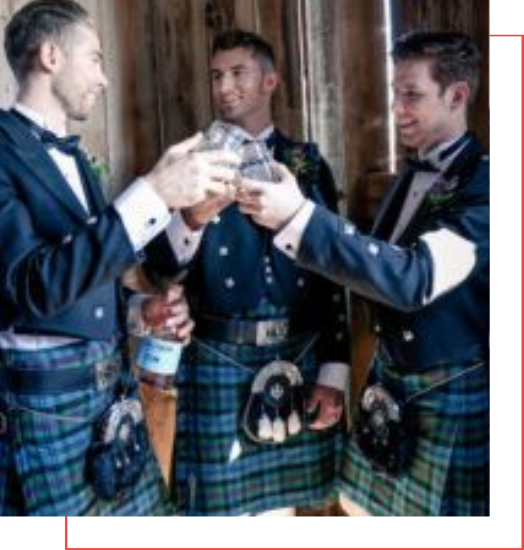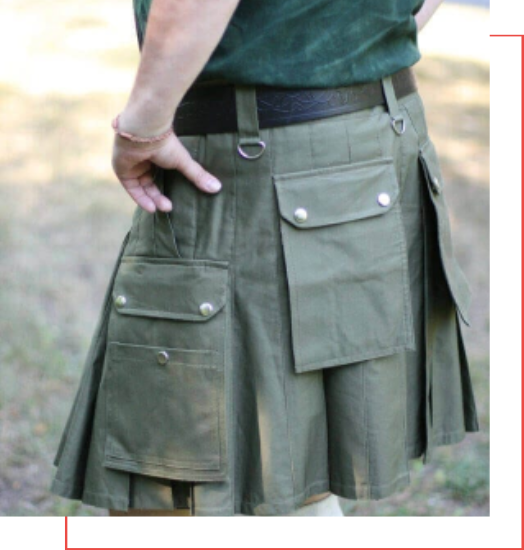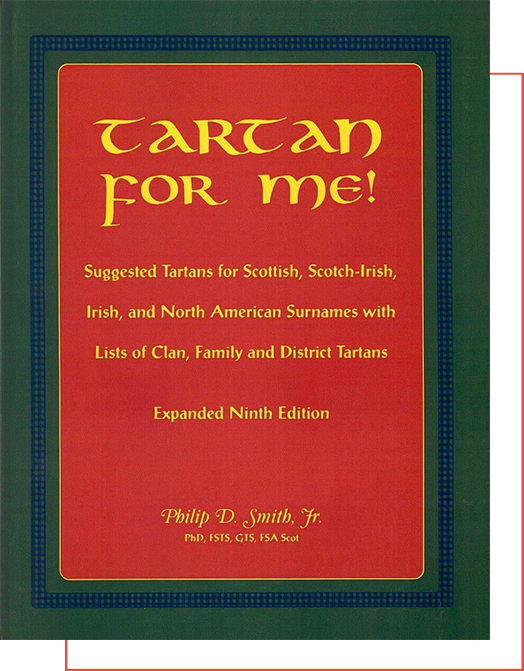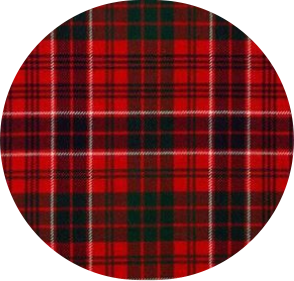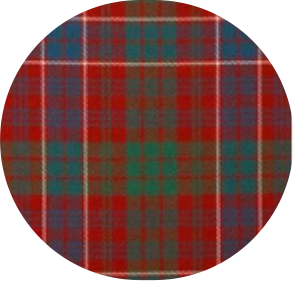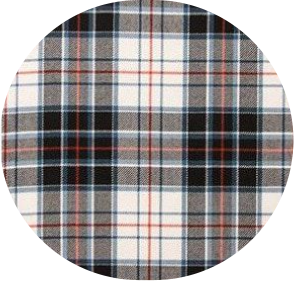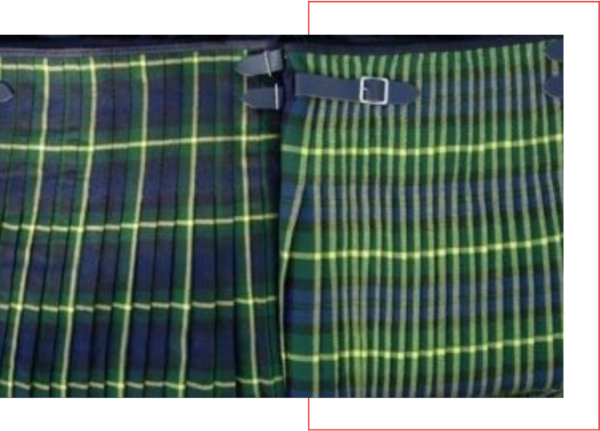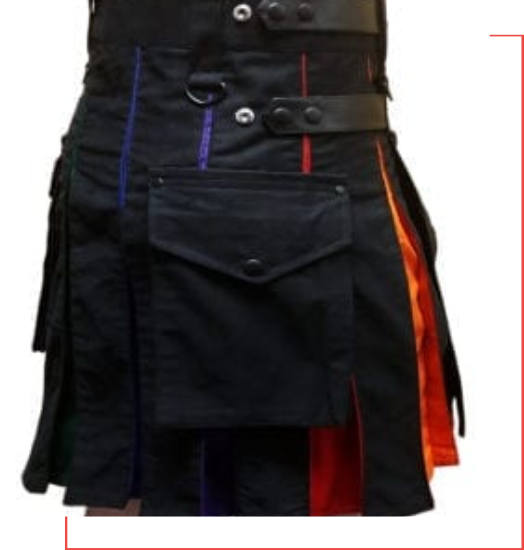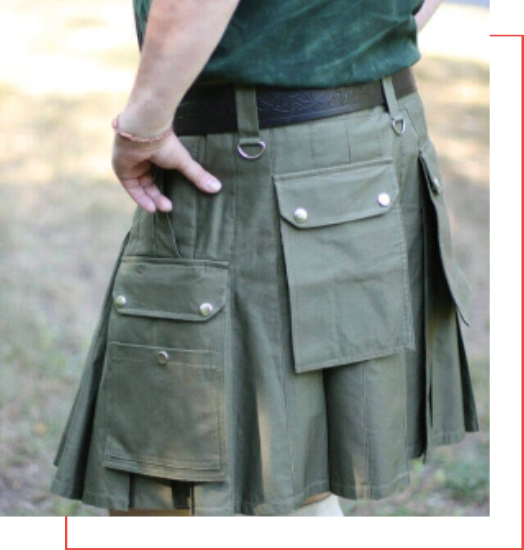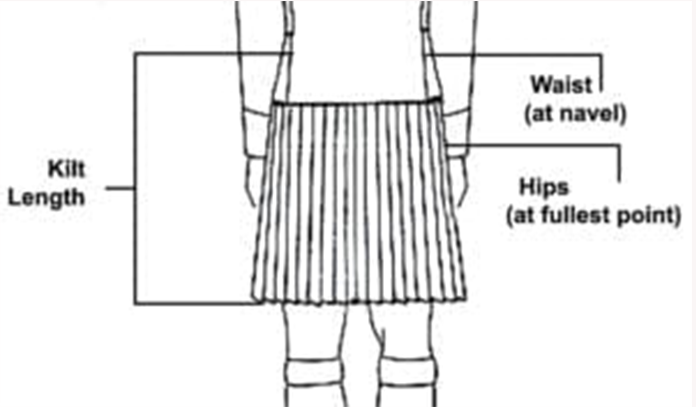What Weight of Tartan Should You Choose?
Now this is where the weight of the tartan comes into play. Once you’ve found your name in our MASTER TARTAN LIST, you will see each tartan is available in different weights (sometimes only one). Different weights means different prices, and some work better for different style kilts than others. Which one do you want and why? We are going to break it all down for you – what the different weights mean, and why some weights are better with certain kilts, and why others don’t work for some kilts.
LIGHTWEIGHT:
10/11oz tartan is usually woven in double width 58-68inches wide. This means you can have a great kilt made from it. Light weight isn’t usually the weight we would suggest for kilts, but this doesn’t mean that it’s not a good choice – just not usually our first recommendation. Light weight tartan is only woven in Scotland, so it will be 100% premium wool. It is a good choice for those who live in hot climates. When choosing a formal kilt or a great kilt (which have more fabric) the light weight tartan will help with the overall weight of the kilt, so its not too heavy or too hot. Although we try to recommend the medium weight as it hangs just a bit better, the light weight allows for a crisp iron pleat and a loose bunched look, whichever you choose. It is only available for the great kilt, ancient kilt, phillabeg, 5 yard kilt, and the 9 yard kilt.
MEDIUM WEIGHT:
12/13oz tartan and is woven in single or double width, depending on the weaver. This means if you decide on a medium weight tartan, you might not be able to have a great kilt made from your tartan unless it’s seamed together. Some prefer not to have the great kilt seamed together, however that is how they were traditionally made and worn. Medium weight fabric is usually our first choice because it’s breathable and durable. It’s a great choice for every kilt that it’s available in; a perfect compromise between the light weight and the heavy weight. Just be aware of the single and the double width differences. The heavier the weight the more authentic the tartan will look. A medium weight will give you an authentic look without a kilt that’s too heavy for you. Medium weight is woven in 100% premium wool tartan in Scotland, and is available in the great kilt, ancient kilt, phillabeg, 5 yard kilt, and the 9 yard kilt.
HEAVY WEIGHT:
15/16oz tartan and is woven in single and double width. The heavy weight tartans are the preferred choice of pipe band members and those to plan to put their kilt to many uses over the years. It’s very durable, but not quite as breathable. This makes it a great choice for who live in colder climates, but not so much for those who live in hot climates. Heavy weight tartan is a very authentic and many enjoy this because it’s as close as you can get to what was worn when kilts first came into fashion. Although it’s an authentic choice, it’s not one we would recommend for a first-time kilt wearer or for a great kilt, unless you have been wearing great kilts for many many years. Heavy weight tartan is 100% premium wool woven in Scotland, and is available in the great kilt, ancient kilt, phillabeg, 5 yard kilt, and the 9 yard kilt.
HOMESPUN:
Approximately a 10/11oz. tartan made from a 55/45 blend of polyester & wool, woven by hand on old-world looms. It looks very authentic to what would have been woven historically. The yarn is worsted, but not spun as tightly as modern machine-made tartan. The cloth is also not as tightly woven. Because it is hand woven, there are small flaws that are a natural part of the tartans character. This makes this tartan a great choice for any of the reenactment kilts. It might seem that because of its authentic look and feel it might not be a good choice for a modern style kilt, but in fact it’s still a great choice! This tartan is what is used for our rentals kilts and our Good Basic Kilts. Always woven in double width, so you never have to worry about it having to be seamed together. Available in over 60 tartans, with more being added each year.
